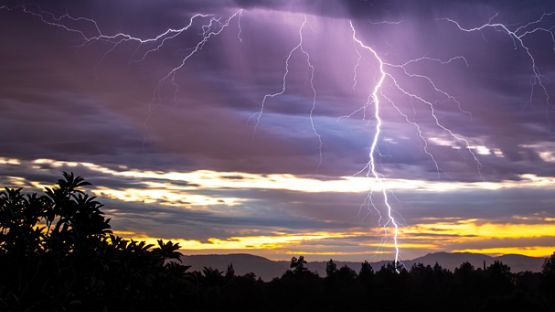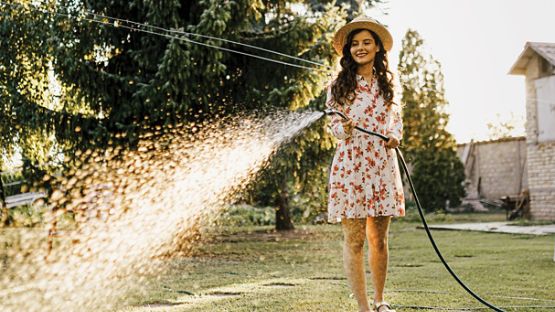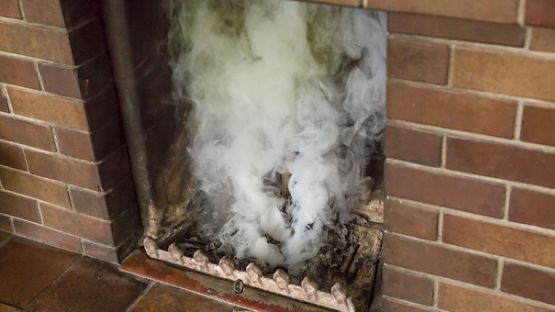As wildfires worsen, we must adapt
Last year’s record-breaking wildfires caused people to flee their homes and sent noxious smoke plumes across our borders. This year, Canadians are feeling deeply concerned about what is in store for them as experts advise us to be prepared for another difficult season.
Four out of every five Canadians said in a national public opinion survey for Aviva Canada (February, 2024) that they are concerned about the upcoming 2024 wildfire season, although most Canadians (66 per cent) don’t know where to go to learn about the risk level in their area. The survey also found that one-third of Canadians are not confident their home is protected and lack information about how to mitigate wildfires.
With wildfires still burning from last season, including about 90 in British Columbia and 60 in Alberta, experts say the 2024 wildfire season has the potential to be another record-breaking and horrific year.
Wildfire preparedness in Canada
Canadians need to be prepared. And we all need to work together – in the public and private sectors – to help them get there.
“Increasingly, no area in Canada is immune from wildfire risk. Many Canadians are unsure if there is anything they can do to protect themselves,” said Susan Penwarden, Managing Director, Personal Lines, Aviva Canada. “There are many practical zero to low-cost actions that homeowners can take today to help protect their homes and communities from the growing threat of wildfires.”
As another dangerous wildfire season looms, clean up anything flammable that’s near your home and could be prone to being ignited by blowing wildfire embers. Store combustible furniture, firewood and propane tanks away from the home. Keeping up with the latest weather news, the fire danger rating including open fire bans, near your area and staying aware of warnings from local safety officials is also key.
Studies have shown that structural and vegetation management such as raking leaves can reduce wildfire risk for the average Canadian by as much as 75 per cent.
More consumer tips can be found online at www.aviva.ca/wildfirepreparedness and also at www.firesmartcanada.ca.
Public policy to prevent wildfires
Individual action is important – but must be supported by public policy.
When we work together to enact necessary changes to help better protect Canadians, we all win.
At the municipal level, communities, including northern and Indigenous communities in high-risk zones (as identified by provinces and territories) need to develop wildfire community prevention and mitigation plans. All communities, not just at-risk ones, should complete a FireSmart assessment to better understand their risk and be better prepared to take actions to protect themselves.
At the federal level, Canada needs to urgently deliver surge funding for the Disaster Mitigation Adaptation Fund, to prioritize protection of people and infrastructure at the highest risk of increased flooding, wildfire, heat and other extreme weather events.
At all levels, we have to get better at dealing with these natural disasters when they strike, including through improved emergency preparedness, data generation and communication. Flooding and wildfire events in 2021 and 2022 highlighted alarming gaps in Canada’s emergency management system.
Likewise, strong climate-informed emergency management mechanisms are essential for building climate resilience at all levels. We also need to accelerate a national recovery strategy that sets out shorter time frames for displaced people to return to their homes or resettle after climate change disasters.
Protecting the climate to prevent fires
Lastly, we need to build climate smart. That means prioritizing climate resiliency in infrastructure planning and spending. To ensure we enhance protection, we need to accelerate urgent off-cycle incorporation of climate change resiliency considerations into building codes, by the federal government’s target of 2026.
According to the Canadian Climate Institute, for every $1 spent on adaptation measures today, $13-$15 will be returned in years ahead in direct and indirect benefits1. In the long term, ensuring infrastructure resilience will pay off for both Canadians and our economy.
Wildfires represent more than just emotional trauma and a tragic loss of family homes and memories. They represent a life and death situation for Canadians and have an impact on their health. Awareness and action can reduce the risk. Now, as summer approaches, is the time for us to act.













